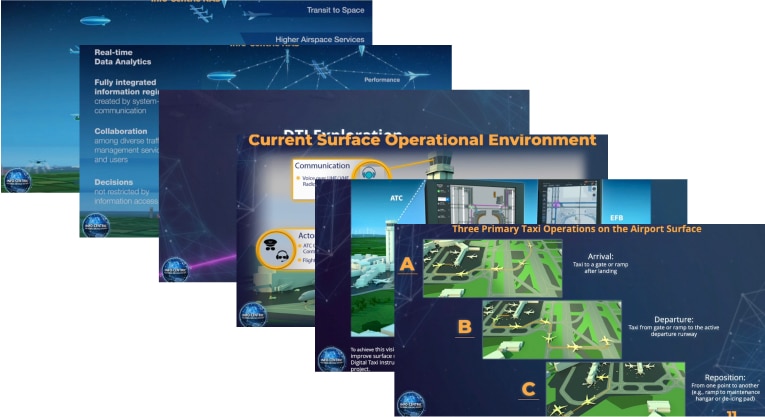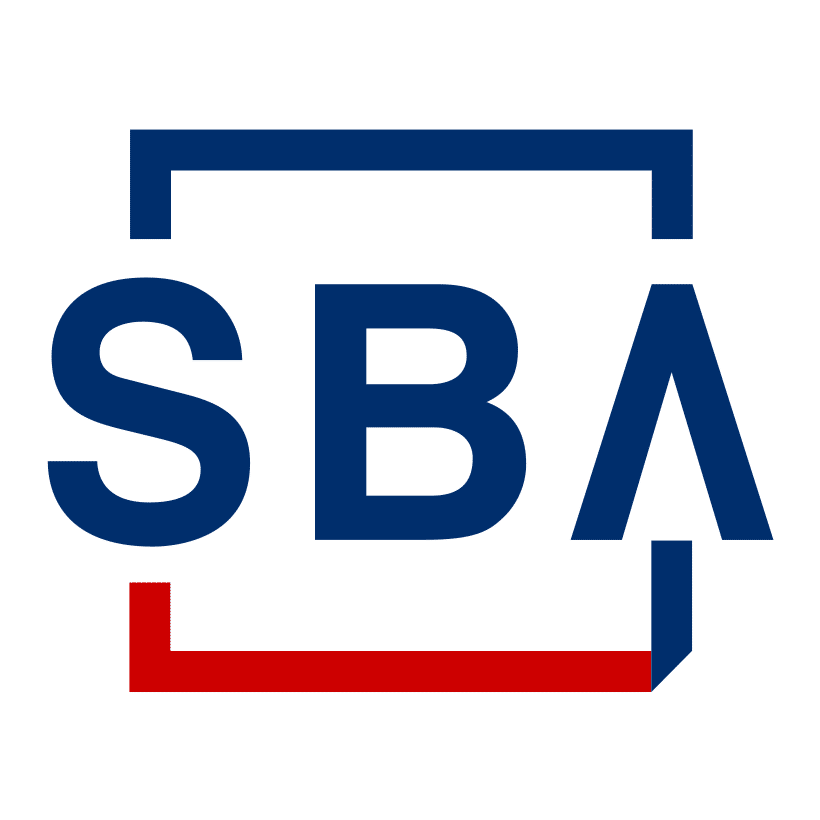
In a dimly lit conference room, Dr. Angela Stevens, a leading expert in advanced machine learning algorithms, began her much-anticipated presentation. The room was packed with a diverse audience ranging from curious marketers to eager investors. As Angela started unfolding the intricate details of her groundbreaking research, her excitement was palpable. But within minutes, the enthusiasm waned. Eyes glazed over, and some attendees discreetly checked their watches. By the time Angela touched upon the real-world applications of her work, more than half the room was lost in a sea of jargon, struggling to keep up. What was meant to be a groundbreaking presentation turned into a missed opportunity.
The scenario described above is not uncommon in the realm of technical presentations. Experts, armed with years of knowledge and passion for their subject, often plunge deep into the technicalities, inadvertently sidelining their audience’s perspective. The result? A message that, while technically sound, fails to resonate, inspire, or even make sense to its intended recipients.
And this brings us to a fundamental truth about communicating complex ideas: It’s not solely about what you have to say, brimming with expertise and details. Rather, it’s predominantly about what your audience hears, understands, and takes away. The challenge, then, for every presenter is to bridge the gap between their depth of knowledge and the audience’s capacity to comprehend.
The Pitfall of Over-Information
In an age of information overload, where our attention spans are fragmented by a barrage of data, there’s a pressing need for brevity and relevance, especially in technical presentations. Brevity doesn’t simply mean shortening the duration; it involves distilling the essence of what needs to be conveyed. Relevance, on the other hand, is about tailoring this essence to the unique interests and needs of the audience. Together, brevity and relevance act as the guardrails that prevent a presentation from veering into the quagmire of over-information.
Being an expert comes with its unique set of challenges, chief among them being the inclination to share every minute detail of one’s knowledge. Imagine spending years, if not decades, diving deep into a subject, unraveling its mysteries, and standing on the precipice of discoveries that could reshape industries. The natural temptation is to share the richness of this journey, every twist, every turn, every intricate detail. While this depth is commendable and necessary for scholarly discourse or deep technical dives, it might not be suitable for every audience or setting. An expert’s enthusiasm can inadvertently transform into a deluge of information, drowning the audience.
When an audience is overwhelmed with excessive details, several adverse effects can ensue. Firstly, cognitive overload sets in. Our brains have a finite capacity to process and retain information in real-time. When bombarded with too much data, the brain struggles to filter out the critical points from the minutiae. As a result, the core message of the presentation, no matter how groundbreaking, can be lost amidst the noise.
Secondly, the engagement factor plummets. A disengaged audience is unlikely to absorb, let alone act upon, the information being shared. The signs are all too familiar – wandering eyes, frequent glances at phones, and the telltale nodding off in the middle of a presentation.
Lastly, and perhaps most crucially, overloading details can erode the trust and credibility of the presenter. If an audience feels that a presenter is not considerate of their time or their capacity to understand, they may question the presenter’s ability to discern what is truly important.
So, how does one strike the right balance? The key lies in a keen understanding of the audience. It’s about recognizing what they already know, what they need to know, and what would be superfluous. It’s about crafting a narrative that is comprehensive yet concise, detailed yet digestible. By avoiding the pitfall of over-information and anchoring the presentation in brevity and relevance, experts can ensure that their message not only reaches the audience but resonates with them deeply.
Section Key Points
- Brevity and Relevance: Distill information to be brief and tailored to the audience’s needs.
- Expertise Challenge: Experts may overshare, causing information overload.
- Overwhelming Risks: Too much detail can reduce engagement and erode presenter credibility.
Knowing Your Audience: The First Step to Effective Communication
In effective communication, knowing your audience is essential. Much like an architect designs for inhabitants, a presenter must understand their audience’s background and viewpoint. This insight is pivotal, turning presentations from mere monologues into engaging dialogues.
The Importance of Audience Demographics and Perspective
Every individual in your audience comes with a unique set of experiences, knowledge, and expectations. By understanding these nuances, you can shape your content in a way that speaks directly to them. For instance, a presentation peppered with technical jargon may be well-received by engineers but could alienate a room full of investors. Likewise, a high-level overview might captivate C-suite executives but may leave engineers craving more detail.
Categorizing the Audience
For the sake of clarity and effective communication, let’s look at four broad audience categories:
- Engineering: This group thrives on details, data, and direct applications of technology. They’re looking for the ‘how’ behind concepts.
- Marketing: While interested in the technical side, marketers are more attuned to how a product or technology can be positioned in the market. They crave insights on user benefits and potential market impacts.
- Investors: Primarily concerned with the bottom line, they want to understand the potential return on investment, market viability, and scalability of a concept or product.
- C-Suite: Comprising of top-level executives, they seek a strategic overview. How does this fit into the broader company vision? What are the long-term implications and benefits?
Tailoring to Each Category’s Unique Needs
Engineering: For this cohort, dive into the mechanics of the subject. Use diagrams, flowcharts, and real-world examples. It’s okay to get technical, but ensure clarity.
Marketing: Frame your presentation around market implications. Discuss user benefits, potential market share, and competitive advantages. Infographics and market research data can be valuable here.
Investors: Focus on the financials. Discuss projected returns, capital requirements, and potential risks. Comparative analyses with similar products or technologies can also be beneficial.
C-Suite: Offer a strategic perspective. How does the subject align with company goals? What are the potential growth areas and strategic advantages? Keep it high-level, impactful, and forward-thinking.
Two Theoretical Examples
A New AI-driven Product:
- Engineering: Dive into the algorithms, data training processes, and integration possibilities.
- Marketing: Highlight how the product stands out in the market, its unique selling points, and potential customer segments.
- Investors: Showcase projected sales, revenue models, and a comparative analysis with competitors.
- C-Suite: Discuss how this product aligns with the company’s future vision, potential partnerships, and long-term growth strategies.
A Sustainable Energy Solution:
- Engineering: Detail the technology behind energy capture, storage mechanisms, and efficiency metrics.
- Marketing: Emphasize environmental benefits, customer savings, and potential branding as a green company.
- Investors: Present projected cost savings, scalability, and potential for government grants or incentives.
- C-Suite: Highlight alignment with corporate social responsibility goals, long-term sustainability, and potential for industry leadership in green initiatives.
By tailoring content to the listeners’ backgrounds and needs, presenters can transform their speeches from mere monologues into engaging, meaningful dialogues.
Section Key Points
- Essentiality of Knowing Your Audience: Effective communication hinges on understanding your listeners.
- Tailoring Presentations: Like architects design for specific users, presenters must cater to their audience’s background and needs.
- Engaging Dialogues: With the right insight, presentations evolve from one-sided monologues to engaging two-way conversations.
Making it Matter: Contextualizing Technical Concepts
Technical presentations are a delicate balance of detail and clarity. Their success hinges on contextualizing complex ideas in a way the audience can grasp. While precision is vital, so is making the information relatable. By framing concepts in a familiar context, we elevate understanding and underscore the message’s importance, ensuring it resonates and remains memorable.
The Significance of Contextual Framing
Imagine listening to a symphony in an unfamiliar language. You might appreciate the rhythm, the melody, maybe even the emotion behind the notes. However, without understanding the lyrics, a significant part of the experience remains inaccessible. The same principle applies to technical presentations. Raw data and technical specifics, though essential, won’t resonate unless framed within a tangible context that the audience can connect with.
By aligning technical information with real-world implications, we provide an avenue for the audience to see the bigger picture. It bridges the gap between abstract concepts and their practical implications, thereby enhancing comprehension and retention.
Relating Technical Information to Real-world Outcomes
Consider a presentation about a novel material that can withstand extreme temperatures. Instead of delving straight into its chemical composition and manufacturing processes, begin by highlighting a real-world problem – say, the challenge of spacecraft re-entry. Discuss how traditional materials struggle with the immense heat and how this new material can revolutionize space travel. Now, when you get into the nitty-gritty, the audience has a clear frame of reference, making the details more relevant and impactful.
Tools and Techniques for Effective Contextualization
- Analogies: One of the most potent tools in the presenter’s arsenal. Analogies draw parallels between the unfamiliar and the familiar. For instance, if explaining data encryption, liken it to sending a sealed letter. Only the intended recipient, with the right ‘key’, can open and read it.
- Real-world Applications: Ground your concepts in reality. If discussing a new algorithm’s efficiency, don’t just show graphs. Highlight how it might reduce wait times in a practical scenario, like faster checkouts in an e-commerce platform or more efficient routes in delivery systems.
- Relevant Case Studies: Case studies offer a narrative that audiences can follow and learn from. For a topic on sustainable energy solutions, detail a real company’s journey: the challenges they faced, how they implemented the solution, and the tangible benefits reaped.
By contextualizing concepts within a familiar frame, we not only foster understanding but also highlight the significance of our message. It’s the threads of relevance and relatability that make our narrative stand out.
Section Key Points
- Importance of Context: Technical information is best understood when framed within a tangible, real-world context that resonates with the audience.
- Relating to Real-world Outcomes: Beginning with real-world problems can set a clear reference frame, making technical details more impactful.
- Effective Contextualization Tools: Using analogies, showcasing real-world applications, and presenting relevant case studies can bridge the gap between complex concepts and their practical implications.
Speak Their Language: Bridging the Gap Between Expertise and Understanding
As experts in a field, it’s easy to forget that not everyone speaks our “language.” We can become so ensconced in the intricacies of our subject matter that we unintentionally exclude those unfamiliar with the jargon and nuances. But in presentations, particularly to diverse audiences, this oversight can be a severe pitfall.
The Nuances of Jargon and the Risks Associated
Jargon, those specialized terms we throw around in our fields, can be both a blessing and a curse. While it offers precision among peers, it can alienate, confuse, or intimidate an uninitiated audience. Over-reliance on jargon doesn’t just risk misunderstanding—it can also erode trust. If an audience feels left out or spoken down to, they’re less likely to engage or believe in what you’re presenting.
The Power of Simplicity in Communication
Albert Einstein once said, “If you can’t explain it simply, you don’t understand it well enough.” Simplicity isn’t about dumbing down; it’s about clarity. By paring back and focusing on the essence of what you want to convey, you ensure your audience can follow, relate, and remember.
Techniques to Ensure Clarity
- Use of Visuals: A well-chosen image, graph, or diagram can often convey what words alone cannot. Visuals offer an immediate, visceral connection and can simplify complex ideas. For example, a flowchart can succinctly depict a process that might take paragraphs to explain verbally.
- Analogies Relevant to the Audience: Analogies draw parallels between the familiar and the unfamiliar, providing a bridge of understanding. For instance, explaining a complex engineering process as being similar to “the workings of a clock” can provide an immediate, relatable image for the audience.
- Hands-on Demonstrations or Interactive Elements: Allowing your audience to engage directly can break down barriers. Demonstrations give a tangible sense of what you’re discussing, while interactive elements, like Q&A sessions or audience polls, provide real-time feedback and engage attendees actively in the learning process.
The Importance of Feedback Loops to Gauge Audience Understanding
One of the greatest challenges in presenting is the unknown: Is the audience following? Do they understand? Feedback loops, whether formal or informal, help bridge this gap. They’re mechanisms that allow presenters to gauge audience comprehension in real-time.
For instance, pausing to ask if there are any questions or even reading the room’s body language can offer insights. More structured feedback, like post-presentation surveys, can provide detailed reflections on which elements worked and where improvements can be made.
Feedback is not just a tool for the audience; it’s a gift to the presenter. It offers a chance to refine, adapt, and ultimately improve, ensuring that future presentations are even more effective.
Find the balance between showcasing expertise and clarity. By recognizing the potential pitfalls of jargon, embracing simplicity, employing clarity techniques, and valuing feedback, you not only share knowledge but ensure it’s understood, appreciated, and remembered.
Section Key Points
- Beyond Data: Inspiring presentations motivate action.
- Passion Matters: Genuine enthusiasm enhances message impact.
- Dual Aim: Present to both educate and ignite change.
The FD CDM Case Study
Through our discussion, the critical role of customizing presentations for technical audiences is showcased in the FD CDM case study. This project navigated the duality: 1) introducing intricate topics such as ATCT and EFB applications, while 2) crafting a message that was digestible and actionable for its audience.
The streamlined storytelling enriched by dynamic visuals, resonates with our emphasis on prioritizing clarity over sheer depth. The project process reinforces the value of feedback loops, emphasizing that raw expertise, while essential, reaches its peak potential when articulated effectively. Understanding your audience, simplifying intricate details, and employing compelling visuals are key. This approach not only informs but inspires.
In Closing
In the domain of technical presentations, there’s an adage that bears repeating: it’s less about what you say and more about what the audience hears. This fundamental truth underscores the significance of effective communication, reminding us that mastery in one’s field, though commendable, is only half the equation. The other half? Ensuring that knowledge is conveyed in a manner that’s digestible, relatable, and above all, memorable.
To all experts and professionals out there, this serves as a clarion call. It’s a call to not only hone your expertise but to also perfect the art of communication. In doing so, you’ll amplify the reach and impact of your knowledge. It’s about striking a balance — understanding that being at the zenith of your field is splendid, but without the capability to communicate that knowledge, its potential remains untapped.
Imagine a world where every technical presentation isn’t just a data dump, but a transformative experience. One where audiences leave not just informed, but inspired and eager to act. That’s the world we should all strive for.
You have the power to not just inform, but to inspire. Wield it wisely.






